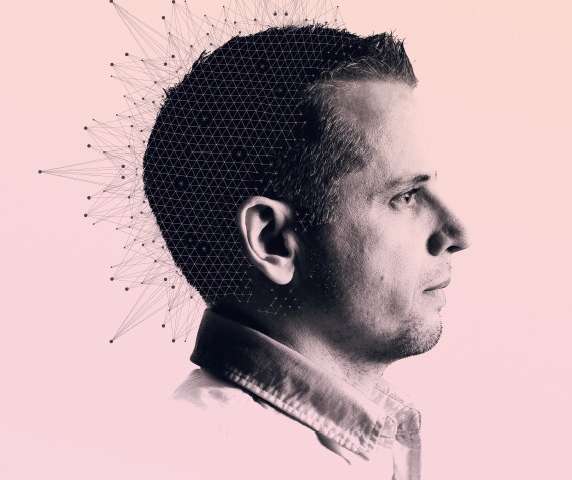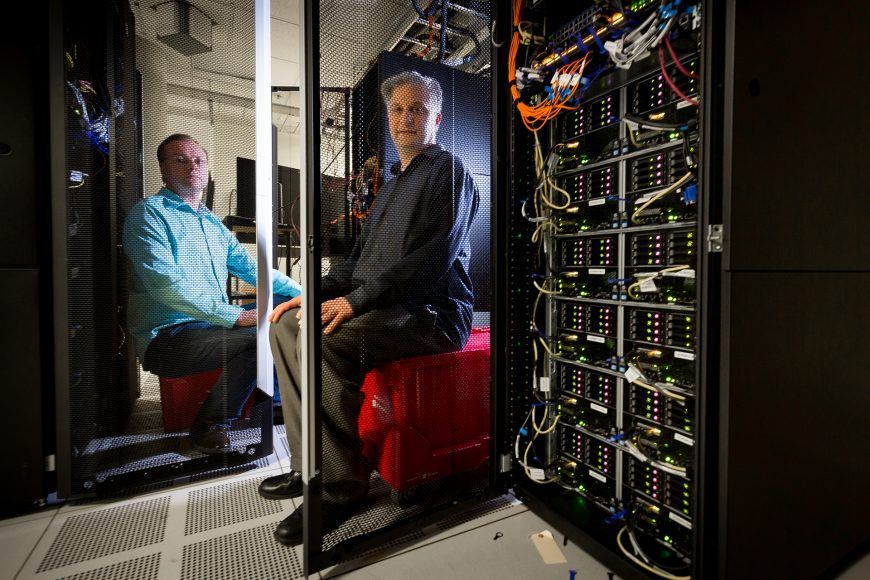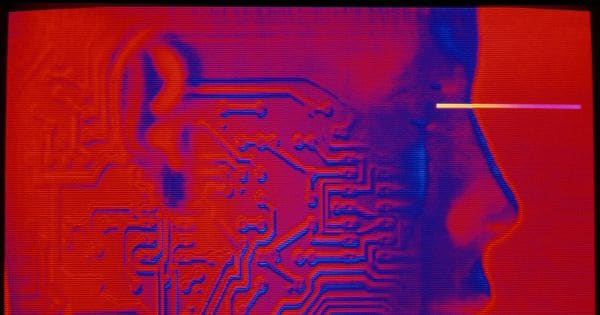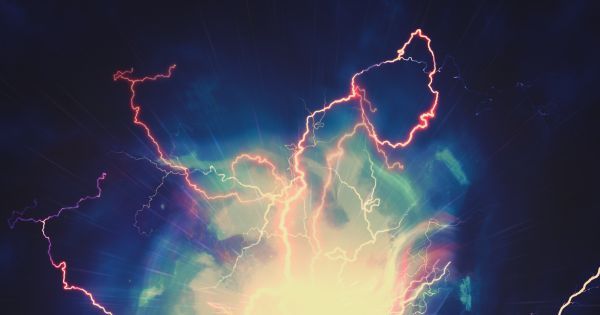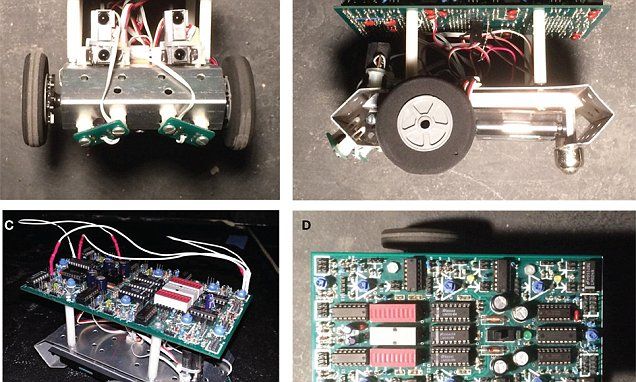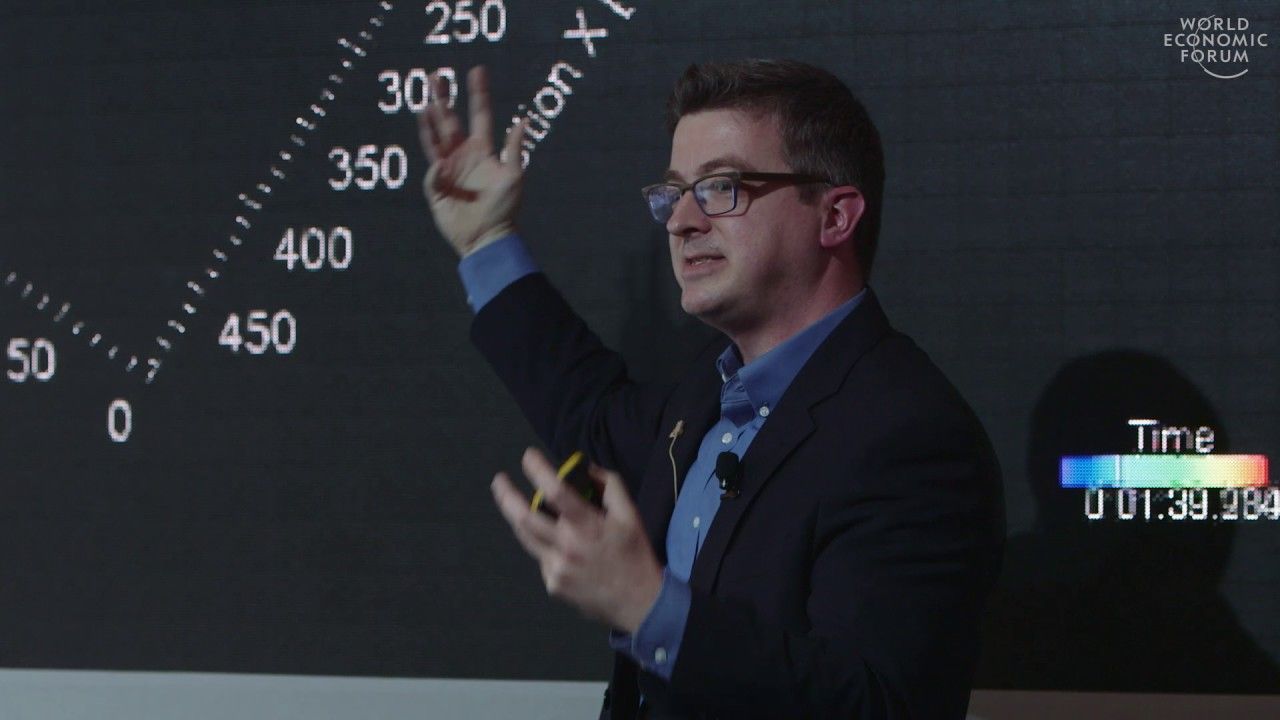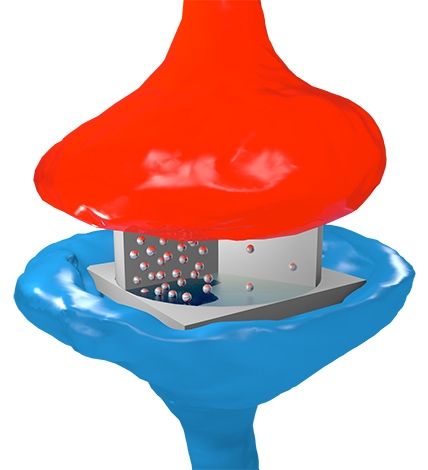A tsunami of change is already arriving. Artificial intelligence is now capable of doing desk jobs that were previously safe from automation. The social and economic effects remain to be seen, but is AI what we think it is?
Workplaces that include artificial intelligence (AI) will soon be reality, say researchers who believe the rise of AI in all areas of life is not only inevitable, it’s set to reshape the way we think about consciousness and human identity.
From Metropolis to 2001: A Space Odyssey and The Terminator, robots and super-intelligent AIs in film have seduced and terrified our collective consciousness, having an impact on how we view artificial intelligence. But will they really crush the puny humans and take over the world?
